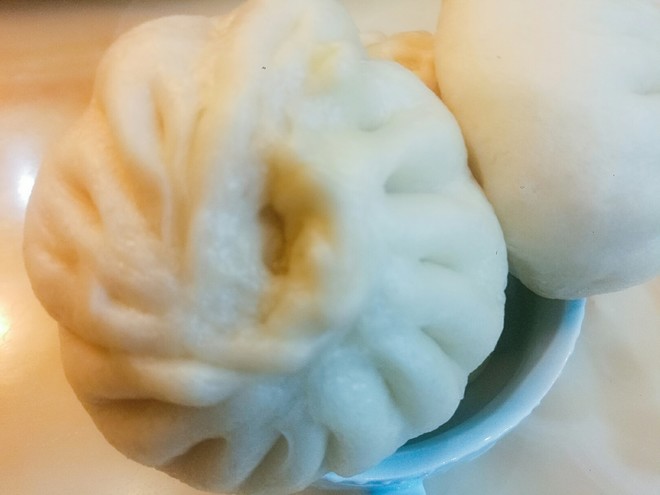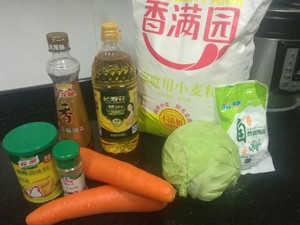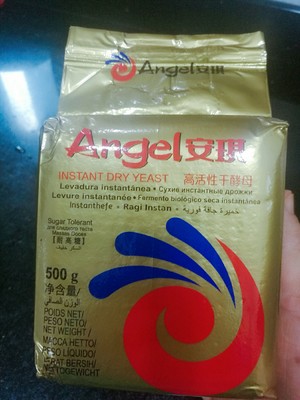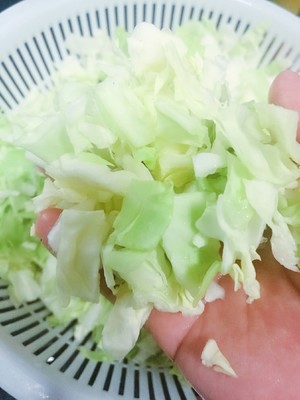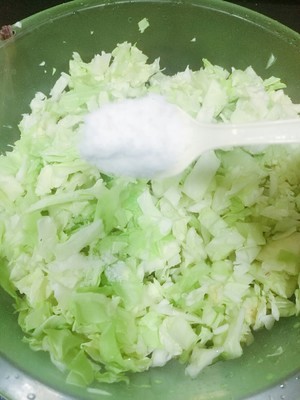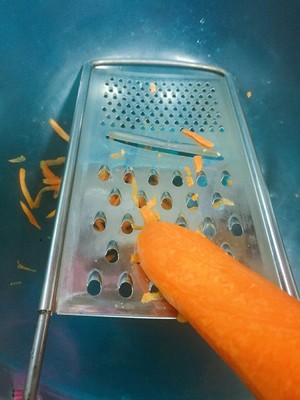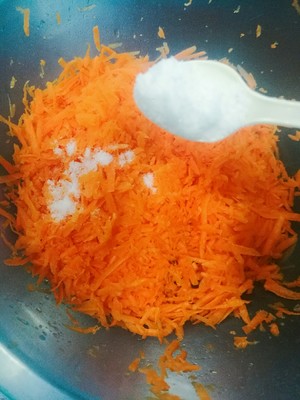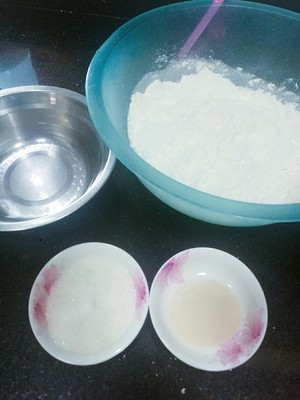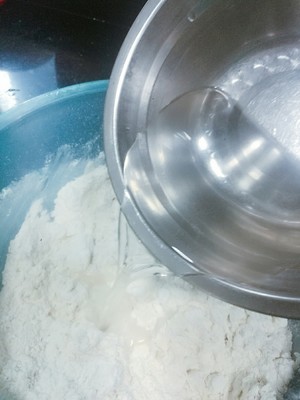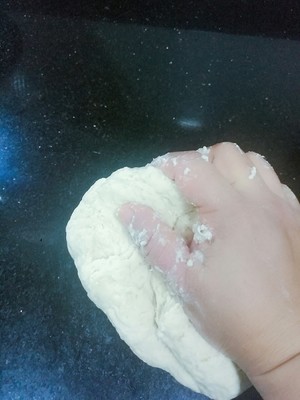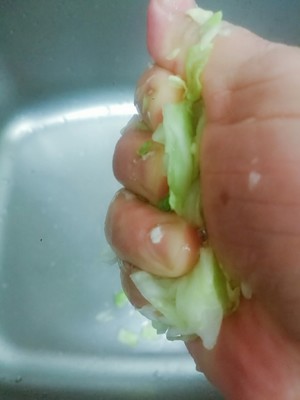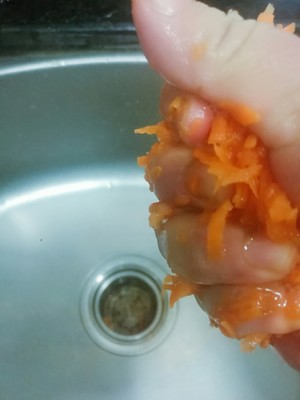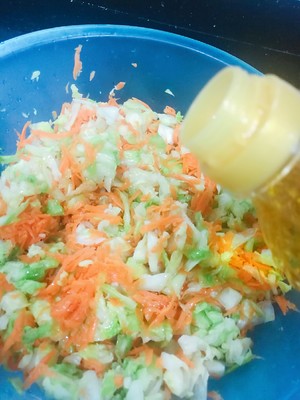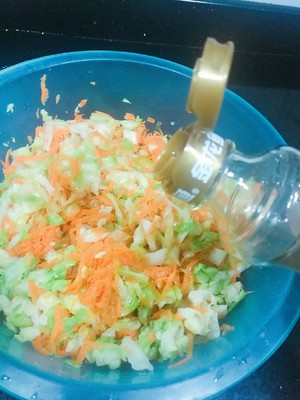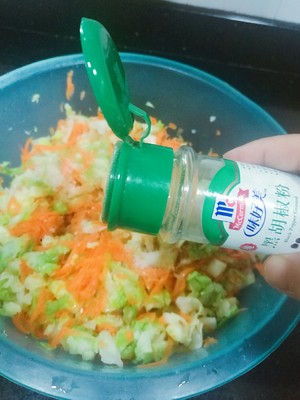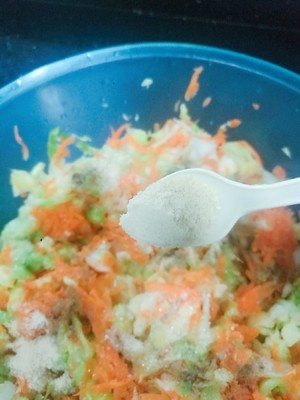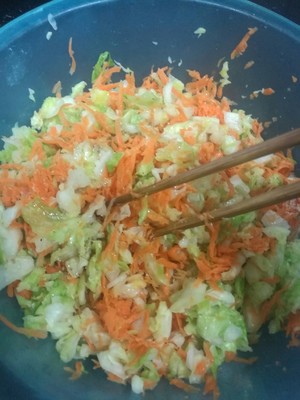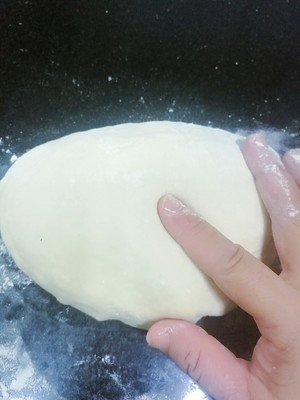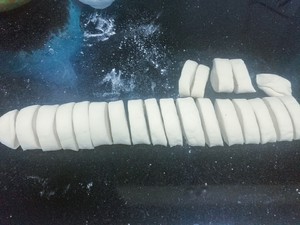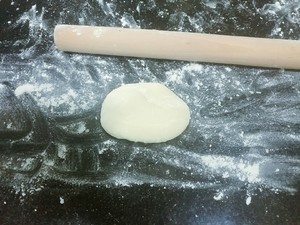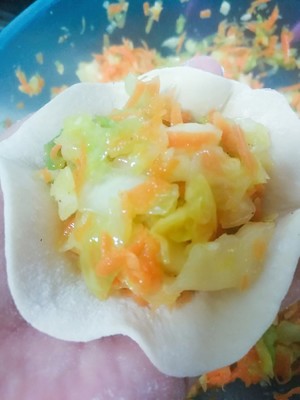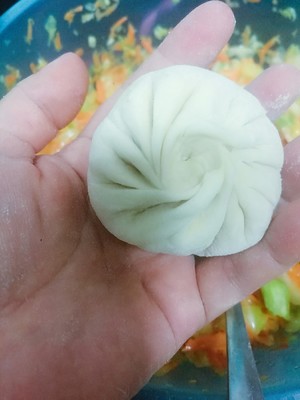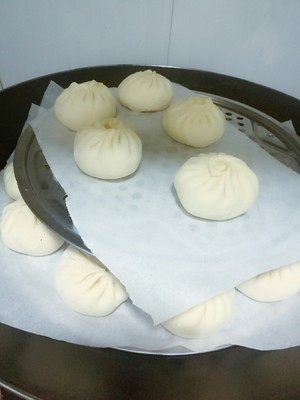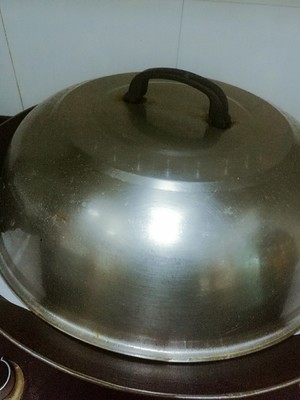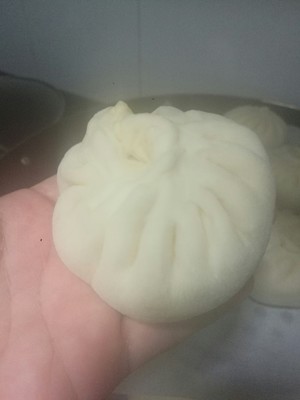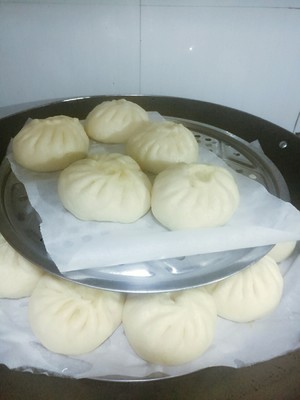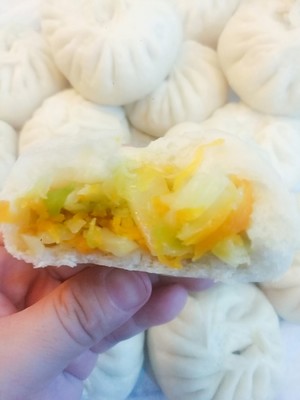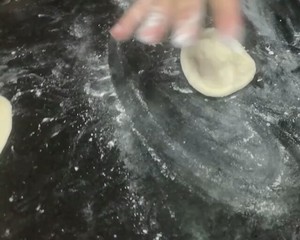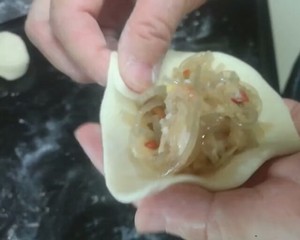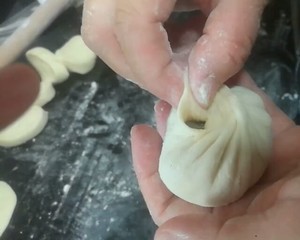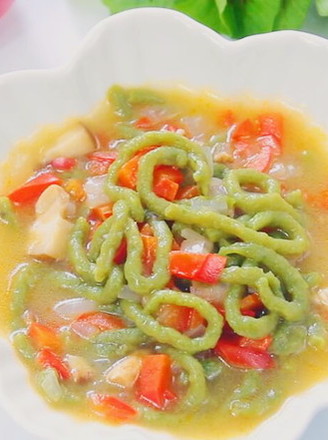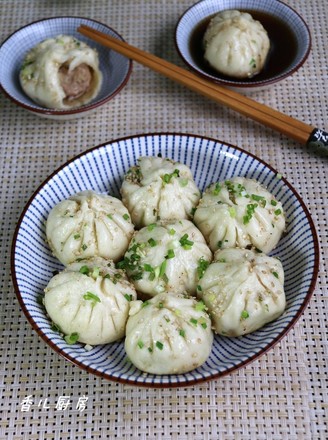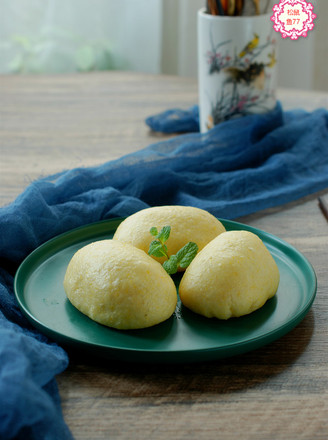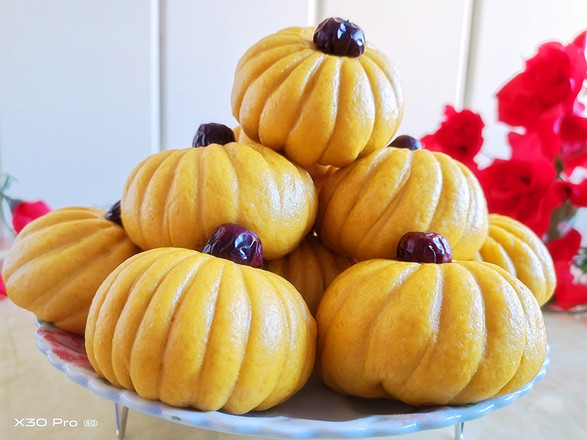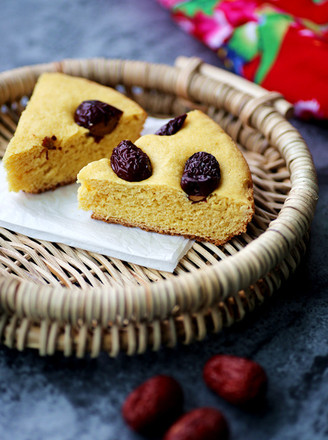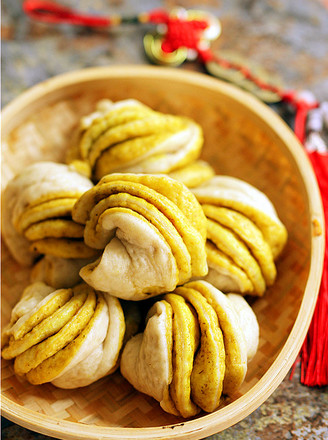Carrots, Cabbage and Vegetable Buns (one-time Fermentation, with Video)
1.
Main material
2.
Yeast, other brands are also available. I play baking occasionally, and I use this high-sugar-tolerant yeast at home. In fact, ordinary yeast is enough for steamed buns.
3.
It's almost enough to cut the cabbage into this size. It's too crumbly and not chewy to affect the taste. The thick stems should be chopped up a bit, as they will break the skin when they are big.
4.
Put an appropriate amount of salt in the cabbage, mix well, and let it stand for more than 20 minutes to remove the water. (I put 2.5 teaspoons of salt to kill water on 1 cabbage in the picture.)
5.
Peel the carrots and rub them into thick filaments with a grater.
6.
Add appropriate amount of salt to the carrots, mix well, and let stand for more than 20 minutes to remove the moisture. (The 2 carrots on the picture, I put 1.5 teaspoons of salt to kill the water)
7.
While the filling is marinated to kill water, we weigh out 500 grams of flour, 250 grams of water, 6 grams of yeast, and 50 grams of sugar.
8.
Pour the sugar and yeast into the flour. I missed the shot at this step. Next time I will make up the picture of the bun.
9.
Pour the water into the flour, mix well, and knead the flour. Sisters who have not weighed the water in advance must add water slowly. Adding more water to making buns is definitely a disaster.
10.
Knead the flour into a rough dough and place it on the cooking table. Start kneading the dough carefully for more than 10 minutes.
11.
I am lazy and knead the dough for 15 minutes with the second gear of Bosch 4405 chef machine.
12.
While the equipment was kneading the dough, we squeezed the water from the cabbage. Cabbage doesn't have much water, and it can also affect the taste if it is squeezed too dry.
13.
Squeeze the moisture of the carrots, don't squeeze too dry, too dry will affect the taste.
14.
Mix the carrot and cabbage evenly. Pour in cooking oil. Vegetarian bun oil is more delicious.
15.
Pour in sesame oil (sesame oil), more sesame oil must be very fragrant.
16.
Pour in the right amount of ground pepper. I ran out of white pepper, so I used black pepper instead.
17.
Pour in 2 teaspoons of chicken powder.
18.
Mix well and mix several times. If the seasoning is not well mixed, it will affect the taste. These two kinds of vegetables can be eaten raw. You can taste a few bites when you sandwich them. The saltiness is a little bit saltier than usual for stir-fry. It's too salty to eat.
19.
The dough is kneaded and in very good condition.
20.
Cut into 20 doses.
21.
Sprinkle some dry flour on the countertop, press the flattening agent, and start rolling.
22.
Put more fillings. The veggie buns will become flat when it is cold, so add more fillings to taste and look better.
23.
Pinch the buns. I will repost the video later on this step. Today, my daughter is out and no one filmed the video for me.
24.
Pack all the buns.
25.
Cover the pot and ferment for 25 minutes. it is summer now. If it is winter, ferment with warm water and extend the fermentation time.
26.
After fermenting to picking up the buns, it feels that the buns have grown a lot, lighter than when they were just wrapped.
27.
Turn on high heat to upper air, reduce heat to medium and steam for 15 minutes. Simmer for 3 minutes before opening the lid. In this step, the firepower must be adjusted. If the fire is high during the whole process, even if it is steamed and simmered for 3 minutes before opening the lid, the buns are likely to collapse. Because the fire was suddenly turned off during the whole process, a large amount of steam droplets formed when the lid of the pot suddenly cooled down, which fell on the buns and collapsed.
28.
In less than an hour, with thin skin and a lot of stuffing, the fragrant cabbage is ready to eat. One-time fermentation, the taste is not bad, and you can quickly eat the buns made by yourself.
29.
First squeeze the agent, and push the rolling pin from the edge to the middle with a little force. When the rolling pin comes down, don't use any force. In the other hand, take the potion and change it to roll it out. If the dough is not round, you can adjust it gently around the edges. Don't push it in the middle, it will leak the stuffing if it is thin in the middle.
30.
Pinch the pleats. The thumb is on the inside and the middle finger is on the outside. The other hand helps to turn the dough, and the thumb helps to stuff the filling.
31.
When the pleats are about to be closed, squeeze a pleat first, and then pull up the noodles closest to the opening to close together. After closing, you have to pull the noodles to glue the original folds together.
Tips:
1. The ratio of dry flour to water is about 2:1;
2. The flour is added with no more than 10% sugar;
3. Yeast accounts for more than 1% of flour, 1 to 3 grams more, depending on temperature adjustment.

